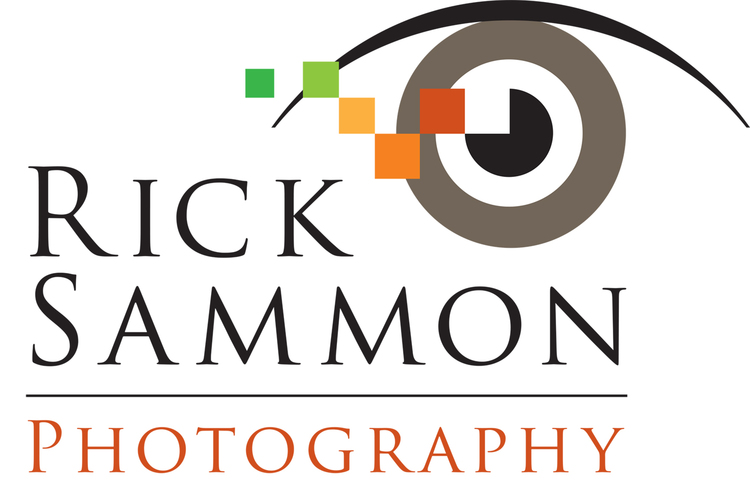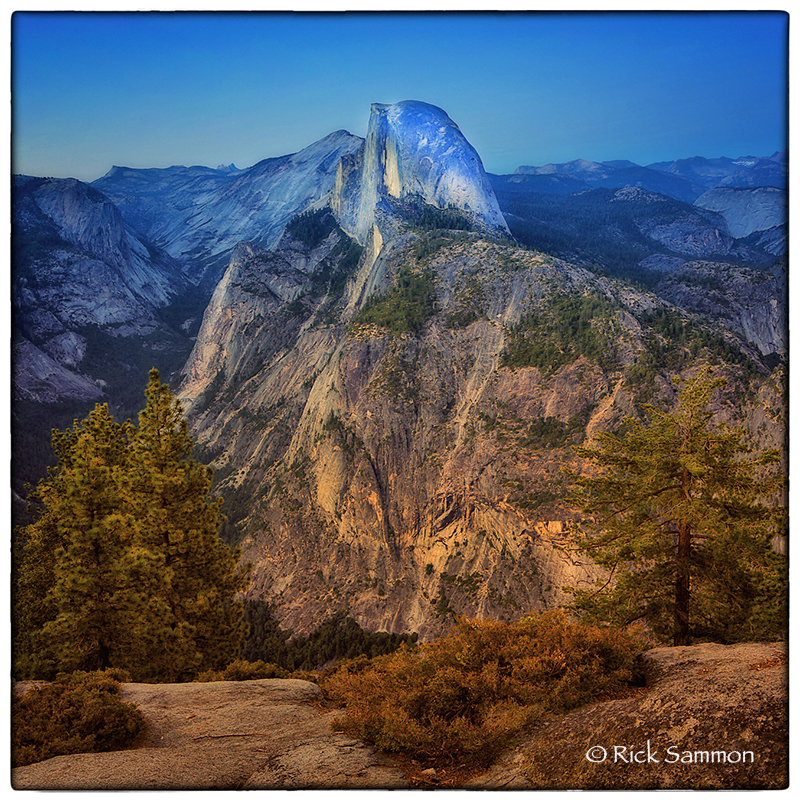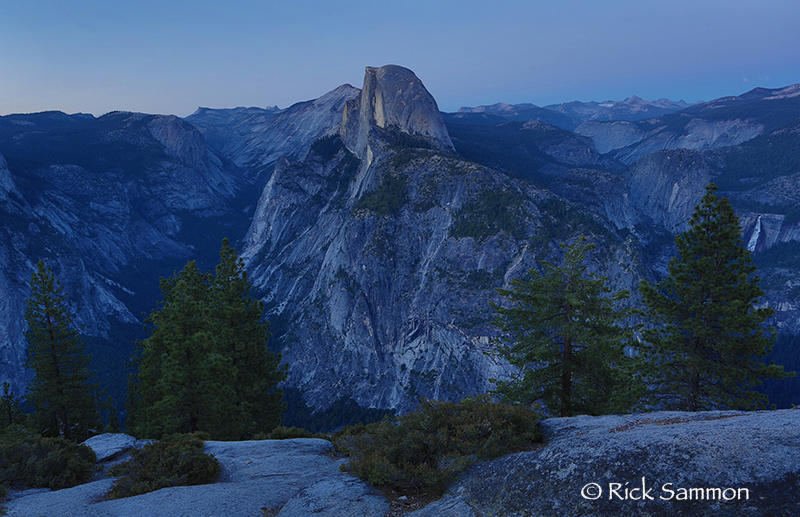I'm on the plane (again!!), playing with plug-ins in Photoshop, while wearing my noise-cancelling headphones. Ahhhh, the peace and quite.
As you may know, noise-cancelling headphones don't totally cancel all noise. They reduce noise, to different degrees, depending on the noise level and your definition of noise. A baby crying, for example, is not considered noise. :-)
While thinking of noise, I opened a picture that I took with an early iPhone in San Miguel de Allende, Mexico. That image, with a fair amount of noise, is below.
To cancel the noise (actually greatly reduce the noise), I used Topaz DeNoise. I first used the sliders on the left to select the amount/type of noise to reduce. Then I used the slider on the right to fine-tune the noise reduction, in particular, in the shadow and highlight areas . . . somewhat independently.
By the way: all images have noise, even images shot at ISO 100 on a sunny day.
The result of using Topaz DeNoise is the image that opens this post. As you can see, the noise is greatly reduced.
Topaz DeNoise is only one of the plug-ins I suggest to my workshop students who want to improve their images. All the plug-ins I use are listed on my Save On Plug-ins page.
Explore the light,
Rick





















